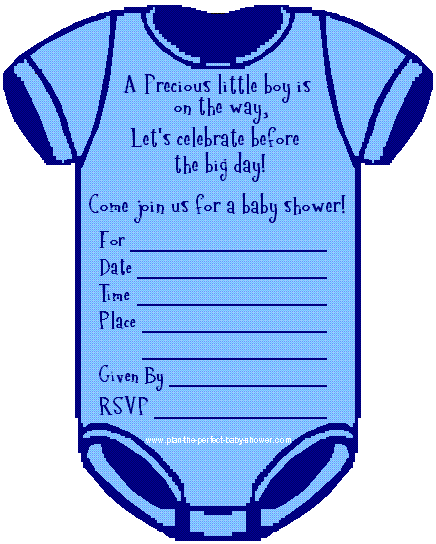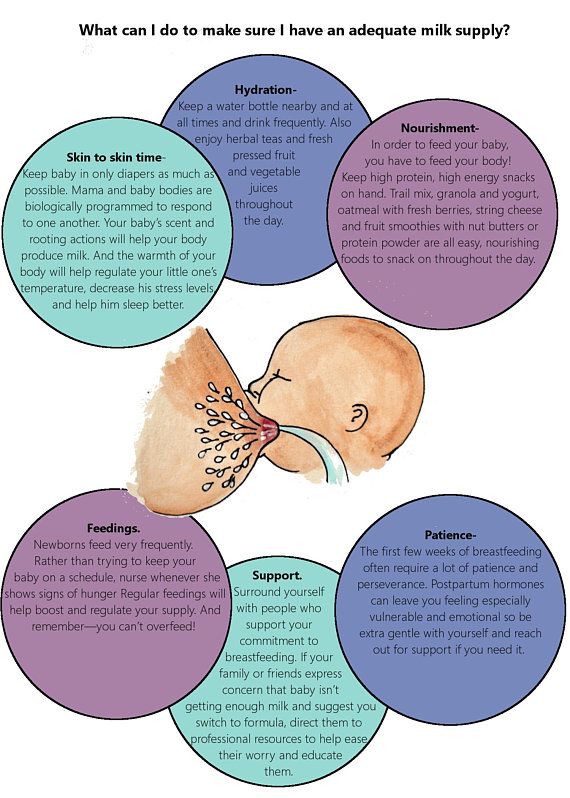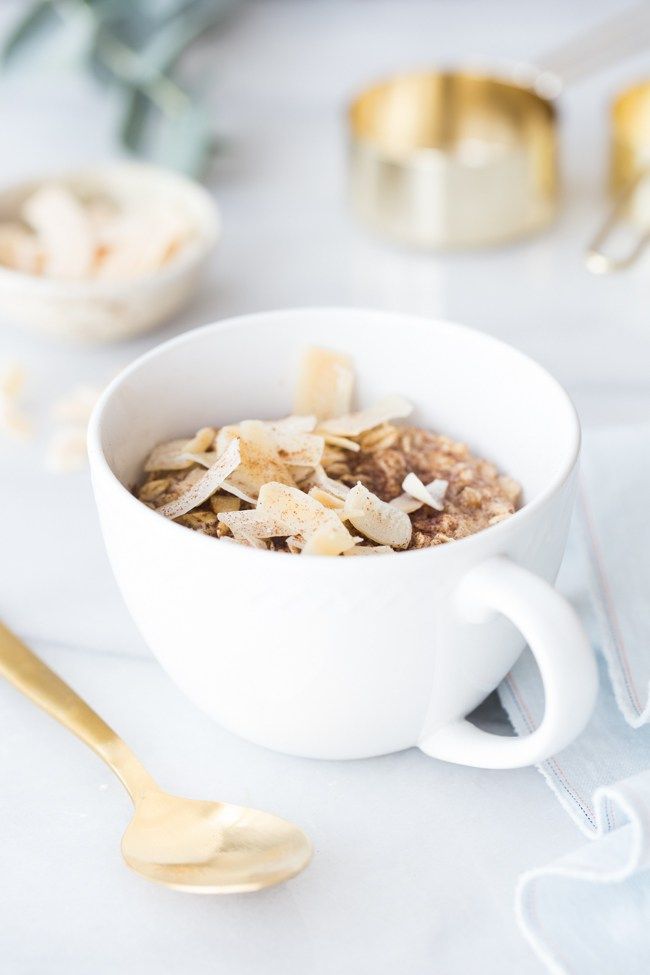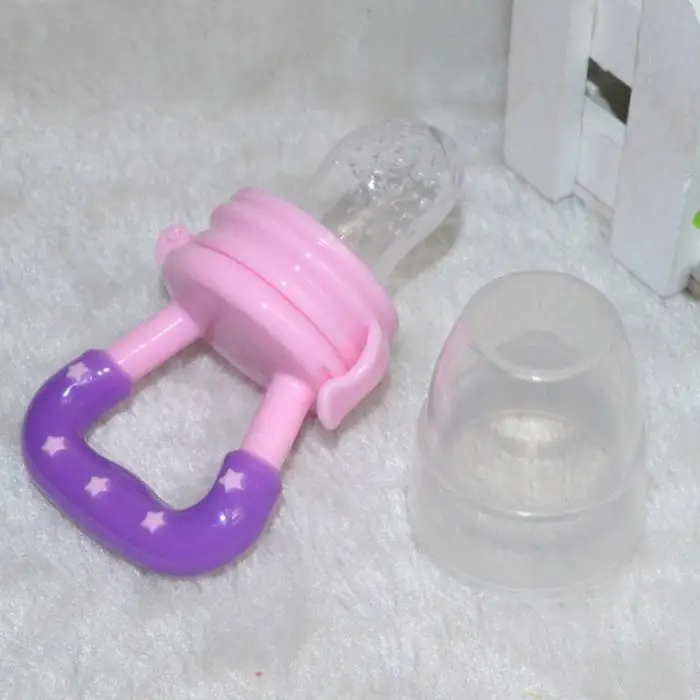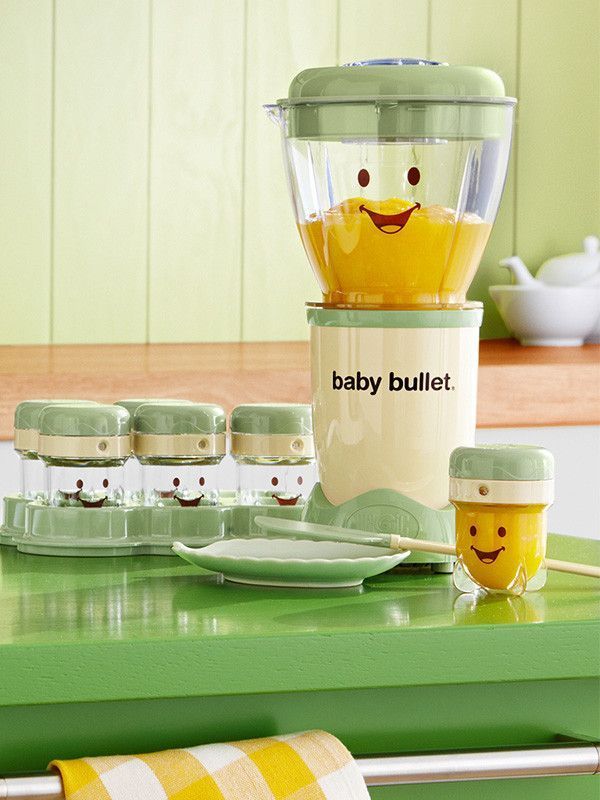Baby bottle hands free feeding
BPA-Free Hands-Free Baby Bottle for Parents
Hands-Free Baby Bottle System
Podee Baby Bottle Benefits
Helps Prevent Gas
Helps Prevent Colic
Feed Hands-Free & Upright
BPA & Lead Free
The Podee® Baby Bottle is a welcome solution to today’s busy, on-the-go parents. When it comes to feeding your baby, there is no better hands-free option.
The Podee® Baby Bottle is a complete system that includes an 8-ounce BPA-Free baby bottle and all the necessary parts. It ends dropped bottles and allows for upright feeding to help reduce ear infections and colic. Parents have found it to be very reliable in feeding infants with challenges as well. Our parents love to use the Podee® baby bottle in strollers, car seats and bouncies; or whenever they need an extra hand.
Our unique, adaptive flow system allows the baby to manage the pacing and amount of flow with ease, making feeding time with the Podee bottle, always a pleasure.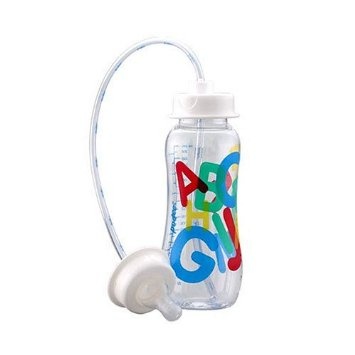
Even Oprah had immediate success with the Podee bottle when she helped a mother of 4-month old quadruplets during feeding time on her show.
Our baby bottles are BPA-Free and Lead-Free.
The Podee® Baby Bottle is the original hands-free feeding system. We have over 20 successful years on the market.
Want to hear from all of our happy users? Just read our parent testimonials.
Become a distributor or shop today at one of our fine online retailers.
Happy travels!
The Podee® Team
The Smart Baby Bottle
The Podee Hands-Free Baby Bottle is the smart solution for anyone on the go and wanting to help prevent gas and colic.
BPA & Lead Free
All of the Podee Baby Bottle products are manufactured to be BPA and lead free to keep your baby safe.
Existing Baby Bottle System?
The Podee Baby Bottle product line has kits to convert your existing baby bottles into a hands-free bottle.
What People Are Saying
"I LOOOOOOOOVE my Podee®! I just got it yesterday and it's already my favorite baby accessory!! We're out and about quite a lot, and trying to feed my 6-month-old in the backseat and driving just didn't quite work. He's much happier with his Podee® and so am I! Thanks for coming up with a GREAT product!!"
Become A Distributor
Parents and caretakers everywhere love the Podee Baby Bottle! Become a distributor/wholesaler for your area to make sure there are always Podee products available. Click Here to learn about becoming a distributor.
Contact Us
Mailing Address
PO Box 502754
San Diego, CA 92150
Copyright © 2009-2022 - Podee International | Web Design by White Wonder Studios | Powered by SCN | Legal
Baby bottle propping isn't just dangerous – it's a sign of a broken society
Bottle propping is a dangerous practice that goes back years.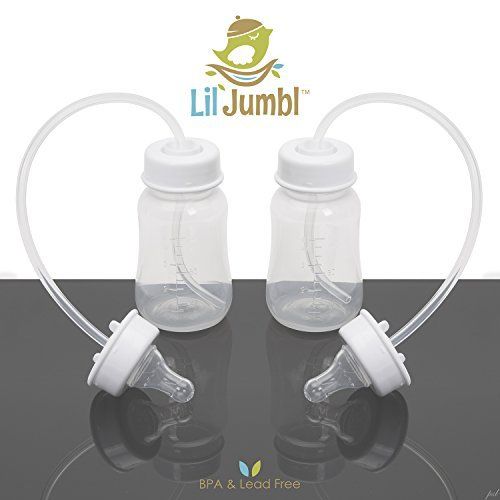 But it is now receiving increased attention as society tries to sell a “solution” for everything.
But it is now receiving increased attention as society tries to sell a “solution” for everything.
Feeding a baby with a bottle resting upright against something allows the milk to flow without the need for parental hands. And over the last few years, numerous devices that essentially make feeding a baby a hands free (human free?) activity have flooded the market. Promoted as enabling parents to get a break from the proposed monotony of caring for a baby, they sell a solution to a deeply ingrained but skirted around societal issue – that we simply do not value or care for new mothers.
Tragically, bottle propping can be fatal. Young babies may not have the head control or strength to move away from the flow of the milk that is being aided by gravity. Quite simply they can choke to death as they cannot escape from the milk, or inhale it as the bottle becomes displaced.
There is also the very real risk that babies simply end up consuming too much milk if it keeps flowing.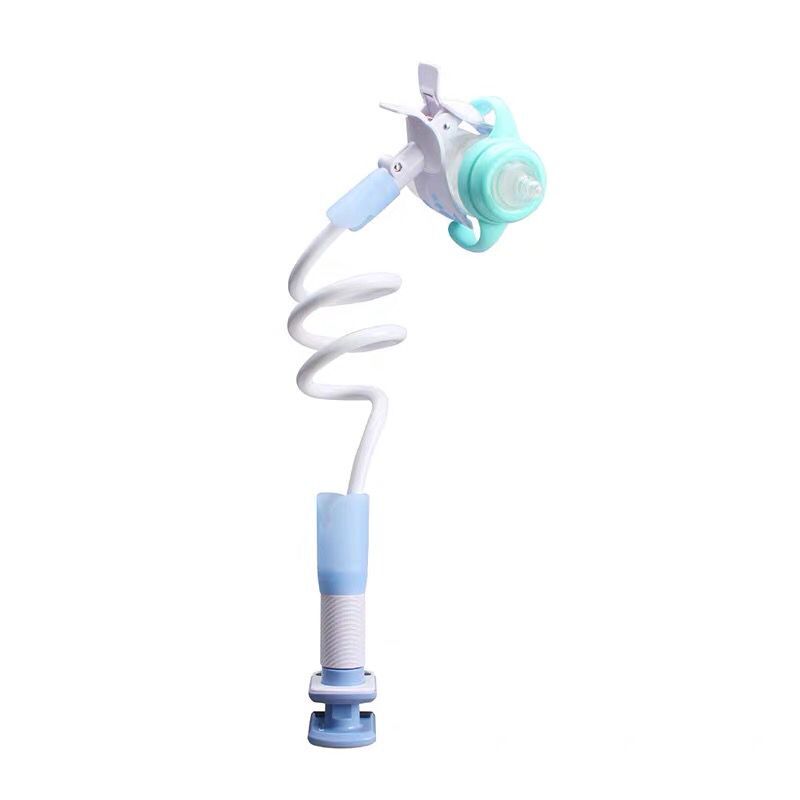 Research has shown how babies take more milk from a bottle than they do when they breastfeed (one reason why bottle fed babies can be at a higher risk of being overweight) and this increases if they are encouraged to take more – as a propped bottle would “encourage” them to do.
Research has shown how babies take more milk from a bottle than they do when they breastfeed (one reason why bottle fed babies can be at a higher risk of being overweight) and this increases if they are encouraged to take more – as a propped bottle would “encourage” them to do.
Yes, an older baby might be able to move their head away, but at what stage? When they’ve had enough? Or when they really can’t stand any more? Small extra amounts of milk every day matter. Those few extra calories can turn into extra kilos over the months. And encouraging a baby to keep feeding when they are full can also interfere with their ability to control their appetite later on.
Then there is the inescapable fact that having a bottle propped into your mouth when you can’t remove it can’t be the nicest feeding experience. Feeding is about so much more than nutrition. Holding a baby warm and close while being fed is a big part of them feeling secure and loved. It’s no coincidence that the sight range of newborn babies is pretty much perfect to reach their parents eyes at the angle that they would be held for a feed. Skin to skin contact is ideal when possible during feeds, but just the fact that the baby is being fed by a human being increases oxytocin, helping calm them and create general all round lovely feelings.
Skin to skin contact is ideal when possible during feeds, but just the fact that the baby is being fed by a human being increases oxytocin, helping calm them and create general all round lovely feelings.
And no, you don’t need to stare endlessly into a baby’s eyes at every feed, but there is a vast gulf between that and not even holding a baby.
Hungry but happy. MJTH/ShutterstockBut my real question is: how did we get to a stage where these devices are needed? You can understand their appeal. We now have so many parents who are pretty much doing this on their own. Yes, they might have a partner, but they’re often at work all day. Yes, they might have visitors, but how many are there just to coo over the baby rather than do anything useful such as cook a meal, do the washing up, or anything else that might actually help a new mother feel more relaxed? Rates of postnatal depression are soaring. So many new mothers feel isolated and alone.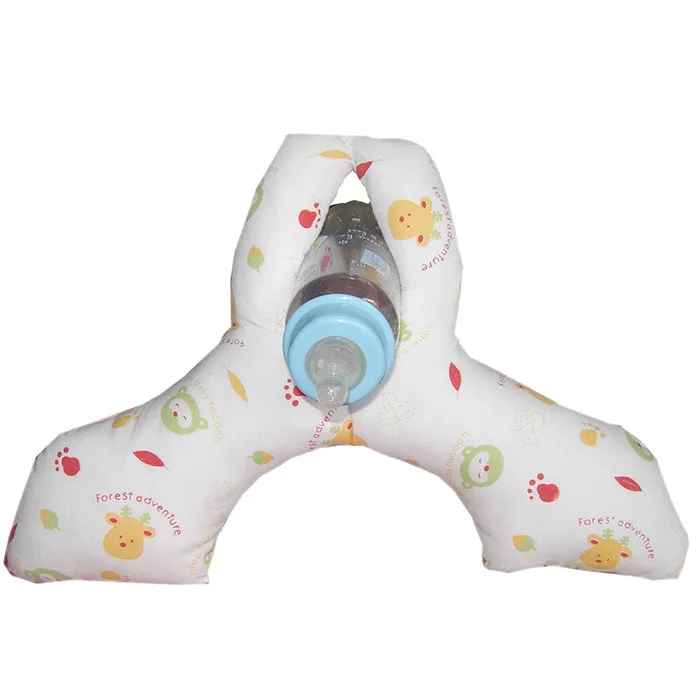 The stress and sheer exhaustion of trying to manage everything on your own, day after day, can be overwhelming.
The stress and sheer exhaustion of trying to manage everything on your own, day after day, can be overwhelming.
How on earth have we got to the point where bottle propping is the solution? Why are we ignoring the needs of our new mothers? Why are new mothers literally the ones left holding the baby, day in, day out? Having a new baby is always going to be a huge change. But it doesn’t need to be like this.
There needs to be proper postnatal support for new mothers. Professionals who are given the time and the training to identify issues and advise on options. We need partners to have extended, well-paid leave (and indeed in places such as the US, even giving mothers this proper extended well-paid leave would be a start).
There need to be support networks. No mother should be doing this alone. We should track down where the “village” – that extended network of family and friends which share responsibility for raising a child – went to and recreate it. There must be a recognition of how isolating and exhausting caring for a baby can be – and a system in place to catch mothers before they fall.
We need to mother our new mothers, so that mothering with your sanity intact isn’t an insurmountable challenge.
And finally, these devices should be recognised for what they represent – a breaking point, a plea for help. Governments must put their money where their mouths are and invest in repairing and supporting a future that is balancing on the edge of being truly broken.
What and how to wash baby bottles
The body of a small child is only learning to resist the pathogenic microflora of the surrounding world, therefore, in this case, mother's help is indispensable. One of the main tasks of mothers at the stage of breastfeeding is to provide the baby with not only healthy, but also safe food. If the child eats only the breast, then additional measures other than the personal hygiene of the mother are not required, however, if feeding bottles have firmly entered his life, you cannot do without special measures to care for the dishes. nine0003
What to wash with?
Finding baby bottle detergent is easy, as you can find it in most home improvement stores. Choosing the right option is a little more difficult: the purchased product cannot contain fragrances, and dyes must be exclusively natural and approved for use in the food industry. A big plus will be the presence of disinfectants, which significantly increase safety. Many parents are happy to buy options marked "ECO", which are based on natural ingredients. nine0003
Choosing the right option is a little more difficult: the purchased product cannot contain fragrances, and dyes must be exclusively natural and approved for use in the food industry. A big plus will be the presence of disinfectants, which significantly increase safety. Many parents are happy to buy options marked "ECO", which are based on natural ingredients. nine0003
Detergent for children's dishes must be completely rinsed off not only with hot, but also with cold water. However, even the most harmless products must be washed off repeatedly with running water.
If parents do not want to leave their money in the pockets of manufacturers of household chemicals, then they can successfully use a popular folk remedy - dry mustard. This brown-yellow powder is completely safe for the human body, so accidentally remaining grains on children's dishes will not harm the baby in any way. nine0003
Dry mustard perfectly removes any dirt and grease from any surface and is very easy to rinse off. True, this tool has a certain drawback - if you take it directly with a sponge, then too much powder sticks and it is simply washed out with water. Ordinary salt shakers with holes that can be found in every home, as well as ready-made gruel in old bottles from household chemicals, will help solve this problem.
True, this tool has a certain drawback - if you take it directly with a sponge, then too much powder sticks and it is simply washed out with water. Ordinary salt shakers with holes that can be found in every home, as well as ready-made gruel in old bottles from household chemicals, will help solve this problem.
Another popular option is soda. Soaking children's dishes in a warm baking soda solution (especially overnight) makes it easy to remove even the most serious stains. nine0003
Laundry soap and homemade soap-based detergent also help keep baby bottles clean, but the soap leaves a thin film on the surface of the dishes, so rinsing in this case must be very thorough. For the comfort of mother's hands, a little glycerin can be added to detergents from laundry soap. A pleasant aroma to such products gives ordinary lemon juice.
How to wash?
Under no circumstances should you use sponges that clean dishes and cups for the whole family to care for children's dishes.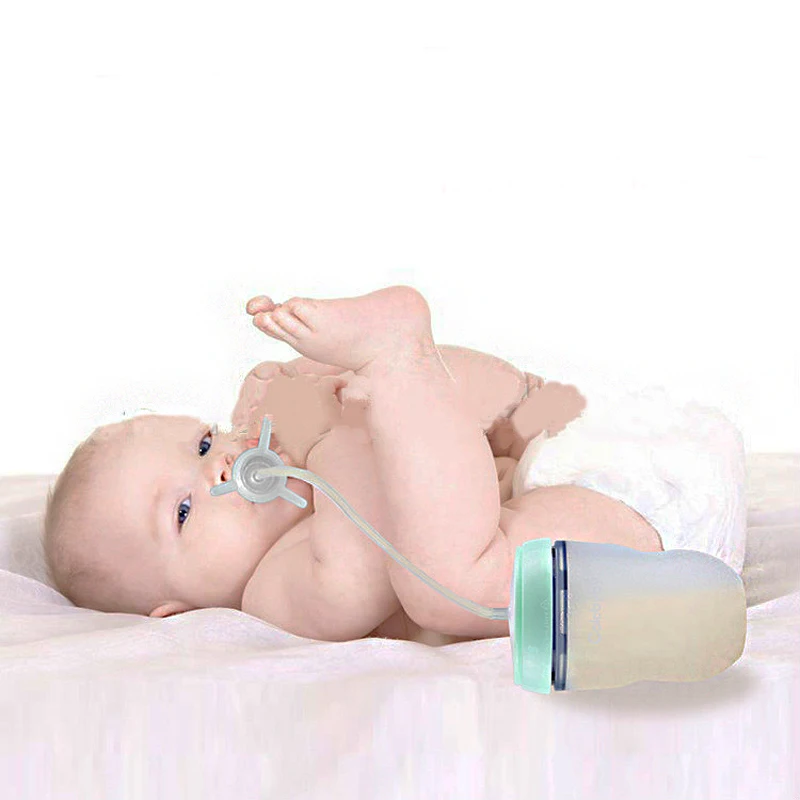 The baby should have its own brushes, brushes and sponges. nine0003
The baby should have its own brushes, brushes and sponges. nine0003
Modern brushes, specially designed for washing "milk" bottles, are very convenient and functional. The bristles in such products are quite elastic, so it cleans the walls of the bottles well and does not scratch their surface. Many brushes are equipped with a soft sponge that perfectly rinses the bottom. Thanks to the suction cup on the bottom, the brush can be installed in a vertical position, thus protecting it from contact with not very clean surfaces.
An important point: no matter how convenient and expensive a baby bottle brush may seem, after a while it inevitably turns into a breeding ground for bacteria. Careful disinfection (for example, with vinegar) slightly extends the life of the product, but it still needs to be replaced periodically with a new one. nine0003
Random entries
Not all fragrances are well received when hot days come. So that the perfume does not tire, choose the lightest and most unobtrusive compositions.
So that the perfume does not tire, choose the lightest and most unobtrusive compositions.
Fragrances with musk have been known since ancient times as a powerful aphrodisiac.
The "visiting card" of Arabic perfumery is rich and dense compositions: spices, oud, musk, amber. Golden glow of luxury. But not always...
Many of us have experienced at least once a situation where our favorite fragrances disappear from sale. Yes, unfortunately, fragrances are being discontinued, and there may be several reasons for this.
Various breastfeeding positions
Try different breastfeeding positions to find the one that works best for you and your baby. You can see the options in our selection of photos
Share this information nine0003
There is no right or wrong way to hold the baby while feeding
, and mom and baby are sure to find their favorite position.
It is important that both you and your child feel comfortable. 1.2 It's good to learn a few different breastfeeding positions and techniques because life's circumstances often require us to be flexible, especially as your baby gets older and you start to leave the house more often.
Whatever position you choose to breastfeed your baby, remember a few simple rules. nine0003
- Prepare everything you need before feeding, including drinks, food, mobile phone, TV remote control, book or magazine. And do not forget to go to the toilet - the feeding process can take a long time!
- Make sure your baby is comfortable. Whichever position you choose, it's important to keep your baby strong, level, and provide good support for their head, neck, and spine.
- You should also be comfortable. Don't stress. If necessary, use pillows of different sizes or rolls of towels to support your back or arms. nine0071
- Make sure your baby is latching on correctly.
 Proper grip is the key to comfort when breastfeeding.
Proper grip is the key to comfort when breastfeeding. - If your baby does not latch on well or you experience pain while feeding, contact a lactation consultant for help. The specialist will also be able to show you how to hold your baby more comfortably.
1. Relaxed feeding or reclining position
Relaxed feeding position, also known as biological feeding, 1 is often the first position for most mothers. If, immediately after birth, the baby is placed on the mother’s chest or stomach, normally, he instinctively reaches for the breast and tries to grab the nipple. This phenomenon is known as the breast seeking reflex. Skin-to-skin contact stimulates the infant's feeding instinct, and gravity helps him to latch onto the breast and maintain balance.
But it's not just newborns that can be fed in the reclining position - this position is great for babies of all ages. It can be especially useful if the baby does not latch well in other positions or does not like touching the head during feeding, and also if you have too much milk flow or too large breasts.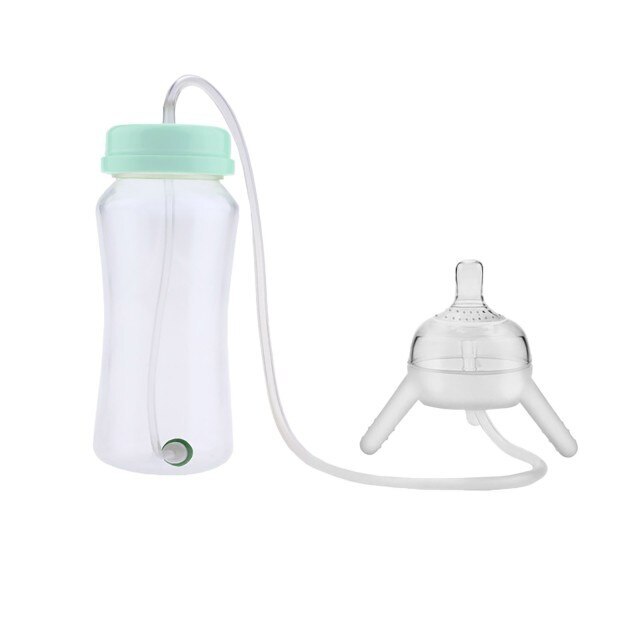 Isabelle, a mother from the UK, shares her experience: “I had large breasts, and the baby was born small - 2.7 kg, so it was not easy to find a comfortable position at first. After a few weeks, it became clear that there was no “correct” posture for me. As a result, I most often fed lying down, putting the baby on my chest. ” nine0003
Isabelle, a mother from the UK, shares her experience: “I had large breasts, and the baby was born small - 2.7 kg, so it was not easy to find a comfortable position at first. After a few weeks, it became clear that there was no “correct” posture for me. As a result, I most often fed lying down, putting the baby on my chest. ” nine0003
It is more convenient to feed not lying flat on your back, but half-sitting, leaning on pillows. So you will have a back support and you will be able to watch the baby during feeding.
2. Cradle position
This is the classic position that comes to mind first when
mentions breastfeeding. Mom sits
straight, and the baby lies on her side on her arm, pressing her stomach against her stomach. 3 Although this is a very popular position, it is not always easy to master with newborns because it gives the baby less support. Try putting a pillow under your back, and put a special breastfeeding pillow on your knees and lean on it with your hands.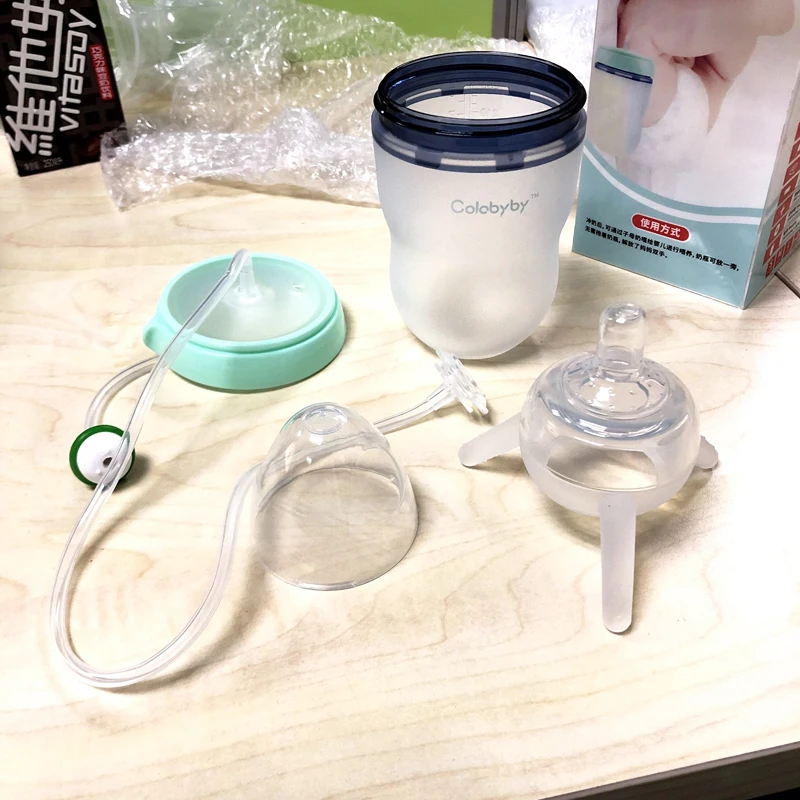 So you can more reliably support the child, without overstraining your back and shoulders. Just make sure that the baby does not lie too high on the pillow for feeding. The breast should remain at a natural level so that the baby can grab it without effort, otherwise sore nipples cannot be avoided. nine0003
So you can more reliably support the child, without overstraining your back and shoulders. Just make sure that the baby does not lie too high on the pillow for feeding. The breast should remain at a natural level so that the baby can grab it without effort, otherwise sore nipples cannot be avoided. nine0003
“I breastfed in the cradle position because it suited me perfectly! It was comfortable and I loved just sitting and looking at my little one,” recalls Rachel, a mother of two from Italy.
3. Cross Cradle
This breastfeeding position looks almost the same as Cradle, but the baby is on the other arm. 3 This gives your baby support around the neck and shoulders so he can tilt his head to latch on. This position is great for breastfeeding newborns and small babies, as well as for babies who do not latch well. Since the baby lies completely on the other hand, it becomes easier to control his position and you can adjust the chest with your free hand. nine0003
Julie, a UK mother of two, finds this position very practical: “I usually breastfeed my youngest in the cross cradle position.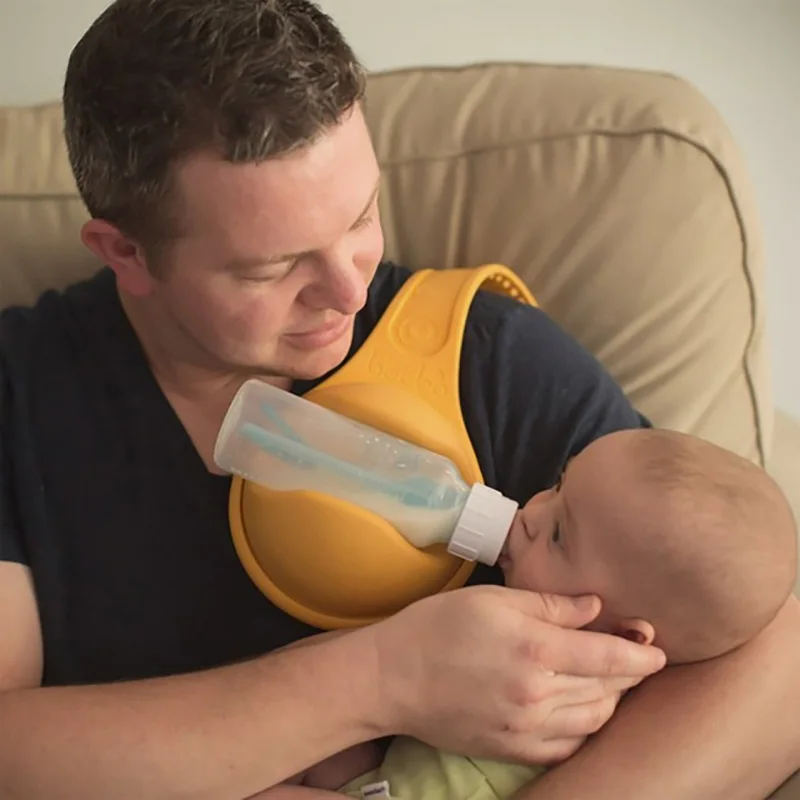 So I have a free second hand, and I can take care of an older baby at the same time. ”
So I have a free second hand, and I can take care of an older baby at the same time. ”
Do not hold the baby's head at first, otherwise you may inadvertently press his chin against his chest. Because of this, the child will not be able to take the breast deeply, because the nipple will rest against the base of the tongue, and not against the palate, which will lead to inflammation of the nipples. As the child grows, this position becomes more comfortable, and he can rest his head on your palm (as shown in the photo above). nine0003
4. Underarm breastfeeding
In this position, also known as the "ball grip", the mother sits with the baby lying along her arm at the side, legs towards the back of the chair (or any other seat). 3 This is another comfortable position for newborn breastfeeding, in which you can give your baby good support, have full control of his position and have a good view of his face. And the baby feels safe in close contact with the mother's body.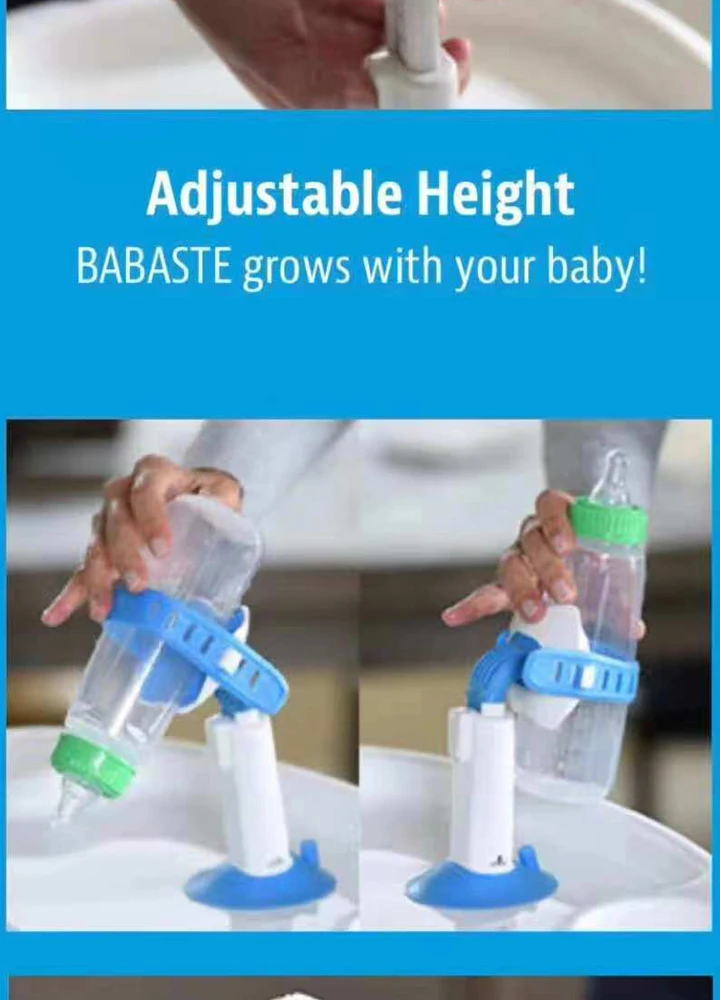 This position is especially good for those who have had a caesarean section or a premature birth, as well as mothers of twins and women with large breasts. nine0003
This position is especially good for those who have had a caesarean section or a premature birth, as well as mothers of twins and women with large breasts. nine0003
“When I breastfed my first daughter, I had very large K-sized breasts—twice the size of her head,” recalls Amy, an Australian mother of two. - I put rolls of towels under each breast, because they were very heavy, and fed my daughter in a pose from under the arm, but only sitting straighter so as not to crush her. This position was also convenient because I had a caesarean section and could not put the baby on my stomach.”
5. Pose "lying on the side"
The side-lying position is ideal for relaxed
feeding at night in bed or on the couch. If you had a
caesarean section or ruptures during childbirth, this position may be more comfortable than sitting down. 3 In this position, mother and baby lie side by side, tummy to tummy.
“It was difficult for me to sit during endless night feedings, firstly because of the caesarean section, and secondly because of lack of sleep,” recalls Francesca, a mother from the UK. “And then I discovered that you can feed your baby lying on your side and rest at the same time.” nine0003
“And then I discovered that you can feed your baby lying on your side and rest at the same time.” nine0003
“Because of the short tongue frenulum, Maisie could only properly latch on to her breasts while lying on her side. The lactation consultant showed me how it's done. In this position, the flow of milk was optimal for my daughter, and it was easier for her to keep the nipple in her mouth. As she got older, she became much better at grabbing her breasts in normal positions,” says Sarah, mother of two from Australia.
6. Relaxed breastfeeding after caesarean section
If you can't find a comfortable position for breastfeeding after caesarean section, 3 try to hold the baby on the shoulder while reclining - this does not put pressure on the postoperative suture and allows you to breastfeed the baby comfortably. You can also try side feeding.
7. Upright breastfeeding or “koala pose”
When breastfeeding in an upright position or “koala pose”, the baby sits with a straight back and a raised head on the mother's hip.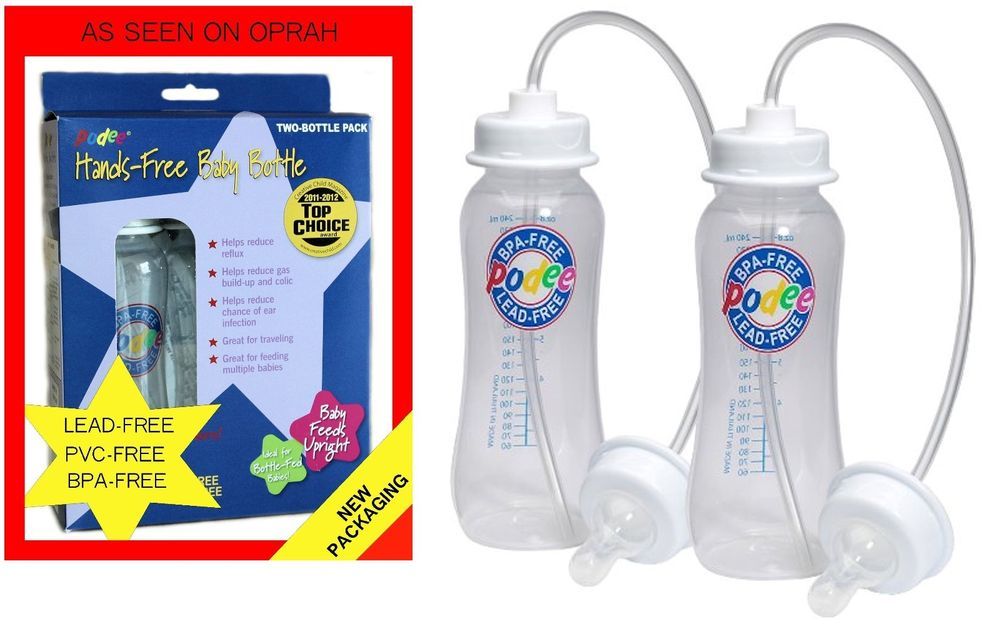 4 This position can be tried even with a newborn if it is well supported, but it is especially convenient for feeding an older child who can already sit up by himself. The upright sitting position, or “koala pose,” is great for toddlers who suffer from reflux or ear infections and feel better sitting. In addition, this pose may be suitable for children with a shortened frenulum of the tongue or reduced muscle tone. nine0003
4 This position can be tried even with a newborn if it is well supported, but it is especially convenient for feeding an older child who can already sit up by himself. The upright sitting position, or “koala pose,” is great for toddlers who suffer from reflux or ear infections and feel better sitting. In addition, this pose may be suitable for children with a shortened frenulum of the tongue or reduced muscle tone. nine0003
“When my daughter got a little older, I would often feed her in an upright position, which was more comfortable for both of us, and I could still hold her close,” recalls Peggy, a mother from Switzerland. “Besides, it was possible to discreetly breastfeed her in public places.”
8. Overhanging position
In this position, the baby lies on his back, and the mother bends over him
on all fours so that the nipple falls directly into his mouth. 4 Some moms say this breastfeeding position is good to use from time to time for mastitis, when touching the breasts is especially unpleasant. Some say that this breastfeeding position helps with blockage of the milk ducts, although there is no scientific evidence for this yet. You can also feed in the “overhanging” position while sitting, kneeling over the baby on a bed or sofa, as well as reclining on your stomach with support on your elbows. Pillows of various sizes that you can lean on will help you avoid back and shoulder strain. nine0003
Some say that this breastfeeding position helps with blockage of the milk ducts, although there is no scientific evidence for this yet. You can also feed in the “overhanging” position while sitting, kneeling over the baby on a bed or sofa, as well as reclining on your stomach with support on your elbows. Pillows of various sizes that you can lean on will help you avoid back and shoulder strain. nine0003
“I have breastfed several times in the overhang position for clogged milk ducts when no other means of resolving the clogs worked. And this pose seems to have helped. I think it’s because of gravity, and also because the breasts were at a completely different angle than with normal feeding, and my daughter sucked her differently, ”says Ellie, a mother of two from the UK.
Feeding in the "overhanging" position is unlikely to be practiced regularly, but in some cases this position may be useful. nine0003
“I used to breastfeed in the overhang position when my baby was having trouble latch-on,” says Lorna, mother of two in the UK. - This, of course, is not the most convenient way, but then I was ready for anything, if only he could capture the chest. We succeeded and have been breastfeeding for eight months now!”
- This, of course, is not the most convenient way, but then I was ready for anything, if only he could capture the chest. We succeeded and have been breastfeeding for eight months now!”
9. Feeding a baby in a sling or “on the fly”
Breastfeeding in a sling takes some practice, but it can be used to go out of the house, look after older children or even do a little household chores. nine0003
The sling is also useful if the baby does not like to lie down or is often attached to the breast. Lindsey, a mother of two in the US, notes: “I used the carrier frequently for both of my children. When we were out, I tied the sarong around my neck and covered the carrier with it. Under such a cape, the baby can eat as much as he wants until he falls asleep.
This breastfeeding position is best when the baby is already good at breastfeeding and can hold his head up by himself. Any slings are suitable for breastfeeding, including elastic and rings, as well as carrying bags. Whatever option you choose, the main thing is that you can always see the face of the child, and his chin does not rest against his chest. nine0003
Whatever option you choose, the main thing is that you can always see the face of the child, and his chin does not rest against his chest. nine0003
10. Double hand-held breastfeeding
Double hand-held breastfeeding (or "double-ball grab") is great for mothers of twins - you can breastfeed both at the same time, and your hands remain relatively free. 4 When feeding in this position, it is advisable to use a special pillow for breastfeeding twins, especially at first. It will provide extra support and help keep both babies in the correct position, as well as reduce the burden on the abdomen if you had a caesarean section. In addition, the hands are freer, and if necessary, you can deal with one child without interfering with the second. nine0003
“My twins were born very tiny and had to be fed every two hours at any time of the day or night. Very soon it became clear: if I want to do anything besides feeding, I need to feed them both at the same time, - says Emma, mother of two children from the UK.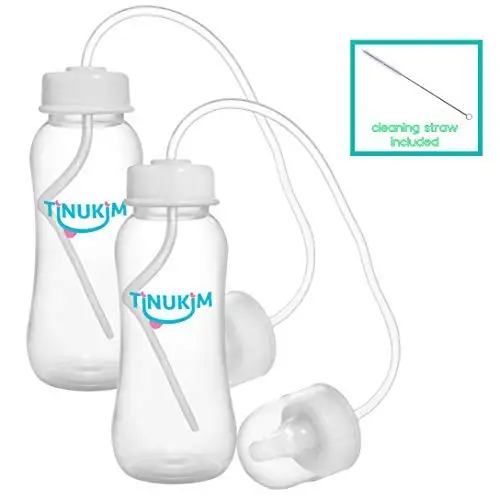 “I breastfed them two by hand using a breastfeeding pillow.”
“I breastfed them two by hand using a breastfeeding pillow.”
Other good positions for breastfeeding twins are two criss-cross cradles, one baby in the cradle and the other close at hand, reclining feeding, or sitting upright (one baby on one side, the other on the other). nine0003
11. Feeding in the position “with breast support” or “hand of the dancer”
If the baby does not hold the nipple well in the mouth or has a muscle tone (which is typical for premature babies, children suffering from various diseases or Down syndrome), try supporting his head and your chest at the same time. 4 Grab your chest with your palm underneath so that your thumb is on one side and all the others are on the other. Move your hand slightly forward so that your thumb and forefinger form a "U" just in front of your chest. With the other three fingers, continue to support the chest. With your thumb and forefinger, hold the baby's head while feeding so that his chin rests on the part of the palm between them, your thumb gently holds the baby on one cheek, and your index finger on the other.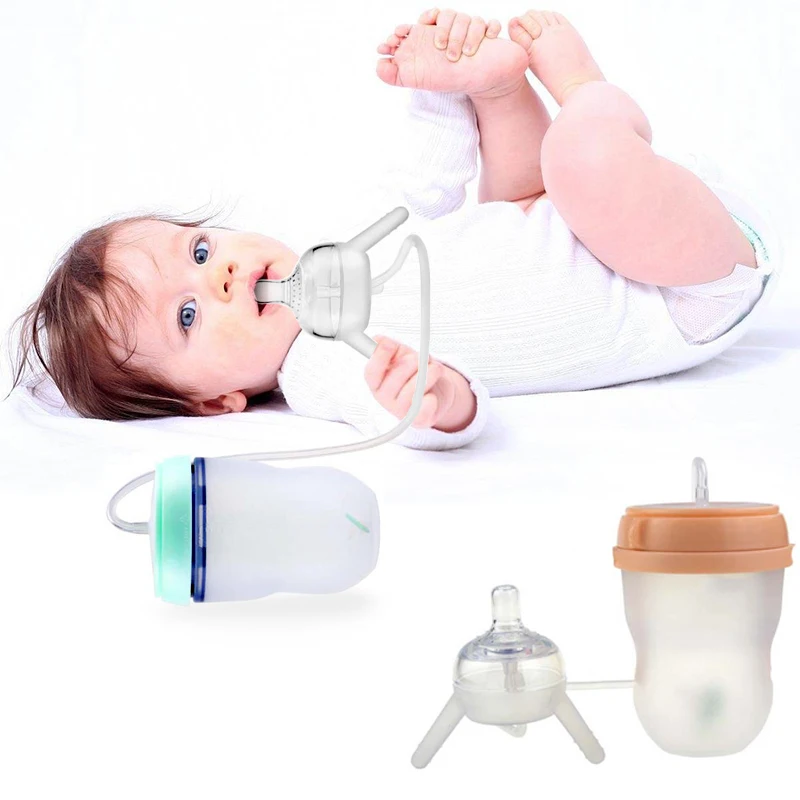 So the baby gets excellent support, and you can control his position and see if he is holding his breast. nine0003
So the baby gets excellent support, and you can control his position and see if he is holding his breast. nine0003
Literature
1 Colson SD et al. Optimal positions for the release of primitive neonatal reflexes stimulating breastfeeding. Early Hum Dev . 2008;84(7):441-449. - Colson S.D. et al., "Optimal Positions for Provoking Primitive Innate Reflexes to Induce Breastfeeding." Early Hume Dev. 2008;84(7):441-449.
2 UNICEF UK BFHI [ Internet ]. Off to the best start ; 2015 [ cited 2018 Feb ]. - UNICEF UK, Baby-Friendly Hospital Initiative, Start the Best You Can [Internet]. 2015 [cited February 2018].
3 Cadwell K. Latching - On and Suckling of the Healthy Term Neonate: Breastfeeding Assessment.




